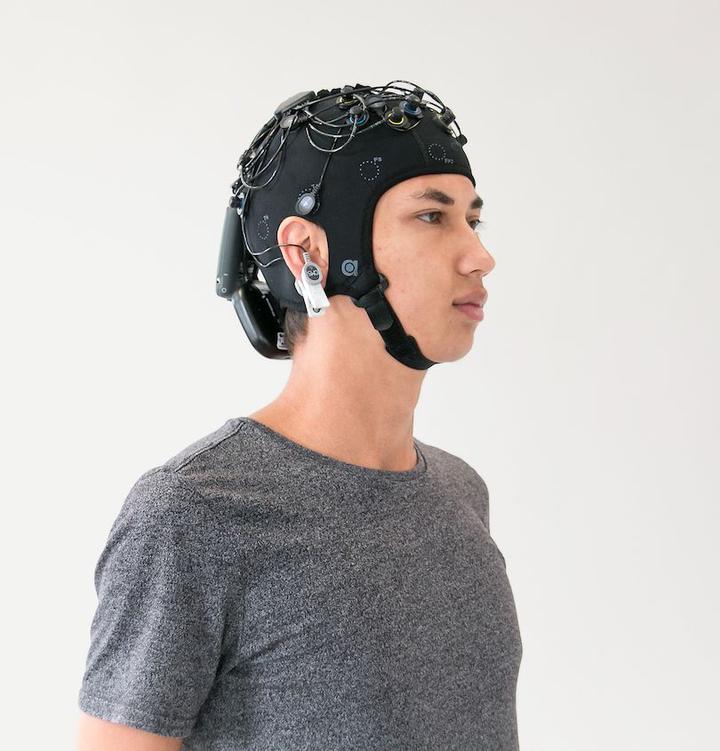Neurostimulation fNIRS
Last updated on
2022-09-07

As fNIRS measures brain activity based on light, no interference occurs when combined with neurostimulation methods that use magnetic (TMS) or direct current stimulation (tDCS). Moreover, this makes fNIRS an ideal brain imaging modality in research where the brain has to be stimulated and local activity simultaneously quantified.
Related
Publications
Effect of Dynamic Balance Training Combined with Different Intensities of Cerebellar Transcranial Direct Current Stimulation in People with Parkinson’s Disease: a Randomized Clinical Trial
Impaired balance is one of the most disabling symptoms in people with Parkinson’s disease (PwPD). While motor intervention can improve …
The effect of transcranial pulse current stimulation on the accumulation of exercise-induced fatigue in college students after moderate intensity exercise evidence from central and peripheral sources
Objective: To investigate the intervention effect of cranial pulse current stimulator (tPCS) on fatigue accumulation after …
Aerobic exercise on the treadmill combined with transcranial direct current stimulation on the gait of people with Parkinson’s disease: A protocol for a randomized clinical trial
Gait impairments negatively affect the quality of life of people with Parkinson’s disease (PwPD). Aerobic exercise (AE) is an …
Transcranial direct current stimulation over the right dorsolateral prefrontal cortex increases oxyhemoglobin concentration and cognitive performance dependent on cognitive load
Transcranial direct current stimulation (tDCS) has been explored as a potential method for cognitive enhancement. tDCS may induce a …
Near-infrared spectroscopy - electroencephalography-based brain-state-dependent electrotherapy: A computational approach based on excitation-inhibition balance hypothesis
Stroke is the leading cause of severe chronic disability and the second cause of death worldwide with 15 million new cases and 50 …
Effects of anodal high-definition transcranial direct current stimulation on bilateral sensorimotor cortex activation during sequential finger movements: An fnirs study
Transcranial direct current stimulation (tDCS) is a non-invasive electrical brain stimulation technique that can modulate cortical …